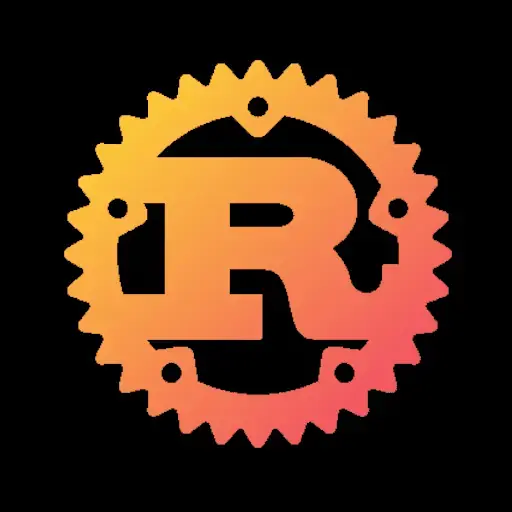

From a glance, this is just a value parser that exports them by symbols and allows you to edit the static values from a file neatly.
I don’t know how practical this is yet since I haven’t seen the video, but in order for it to be more practical it needs to be easier to implement and use than other methods to accomplish tweakable values for debugging.
There are many already:
- parsing a config/text file in runtime
- parsing commandline args
- parsing environment variables
- using a debugger and a memory watch
- using external tools that can edit memory
Now, not all methods are available on all platforms, but, it needs to be better than any of these methods in some way for it to have any point in using it.
Game devs often have their own frameworks that can communicate with the game via network to tweak exposed values anyway for realtime debugging. Adjust.h from what I can see requires the program to be reset on each iteration.









Not having CFW isn’t the end of the world. It’s a slight inconvenience having to press the button at boot and maybe sometimes randomly a game not launching.
Also, later super slims are using more modern chips and therefore are much quieter and nicer to use.
Lastly, currently there is a modchip being developed for a qCFW (quasi-CFW) which will allow for basically 99% CFW capabilities on later models anyway, so there is that going for it too.
Super slims are a hidden gem imo